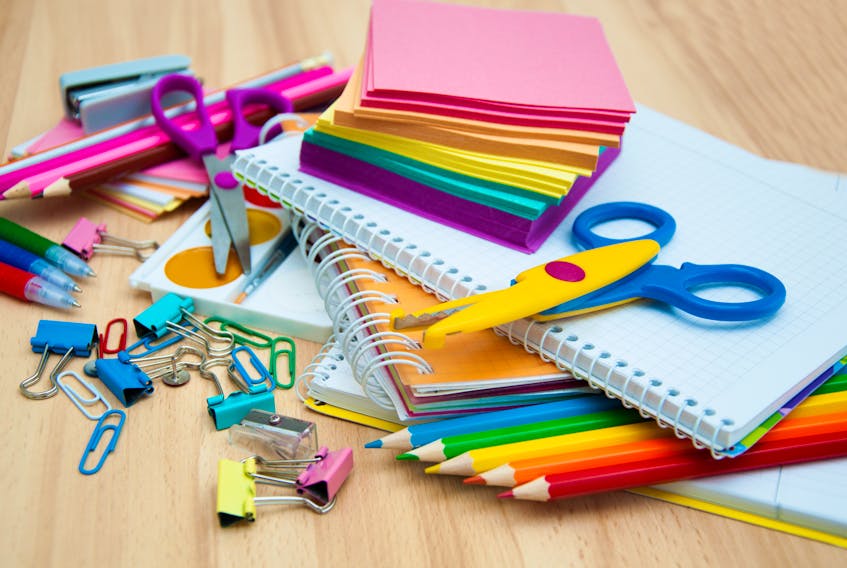Whilst perusing the aisles at Staples recently, I observed a most curious sight: a child excitedly shopping for back-to-school supplies with her mother.
I don’t ever recall being excited about shopping for items that are emblematic of the end of my summer vacation.
“Mom, mom, mom,” this little girl said, tugging at her mother’s sleeve, “can I get this pencil case? Kaleigh and Nora both have the same one and they say it’s really good. See the extra inside pockets?”
This kid has got a future in sales because mom, without even looking at the price tag or examining the product, says ‘sure’, takes the case, drops it in the cart alongside a new book bag, several packs of pencils, some markers, paper, notebooks, and a host of other little odds and ends.
After they’ve left, I take a peek at the price: it’s $13.
My frugal stomach does a back flip. I mourn for the parents.
Thirteen dollars for a bunch of plastic and zippers that hold pencils, pens, markers, erasers and whatever else kids take to school these days.
While I can appreciate that some school supplies aren’t re-usable from one year to the next and that a lot of supplies are cheaply made, I find it hard to believe this young girl’s book bag and pencil case from the previous school year are in such deplorable condition that they can’t be used again.
I don’t want to get all ‘back in my day…’ here, but I know a book bag in my middle-class household in the late 1980s and through the 1990s was meant to last at least three school years. And a pencil case? That should take you from grade school through to junior high.
Nowadays, parents are increasingly being taken in by retailers who have realized back-to-school shopping season can be as lucrative as Christmas and by kids who are placing want above need more than ever.
For many families, back-to-school shopping is one of the biggest single expenses they’ll have in a year. As such, like with other major expenditures, it’s important to have a budget going in.
At mymoneycoach.ca, a free public service provided by the non-profit Credit Counselling Society, advice is offered on maximizing that back-to-school budget so the child walks away feeling like they’ve got all the gear they want and you, as a parent, aren’t shelling out cash for stuff they just don’t need.
The first step is finding out directly from the teacher or school exactly what your child will need out of the gate and what expenses may come up throughout the school year in terms of fees, field trips, photos, and fundraisers. The earlier you get this info, the more opportunity you have to keep an eye on the flyers and online for deals or coupons.
After that, mymoneycoach.ca suggests it’s a good time to sit down with your child and help them understand the difference between want and need by making a list of your own together.
Now, before you head to the department stores with both lists in hand, see what’s around the house. Chances are you probably bought some of the same stuff ahead of the previous school year that was lightly used and is still serviceable for at least the first part of the school year. This might allow for additional savings if you can put off buying that new pencil case until it goes on sale.
When you’re ready to hit the store, having that list will not only save you money, it will also help make your child understand you’re there to get what’s on the list, thereby avoiding the unpleasantness of having to say no repeatedly.
Mymoneycoach.ca urges parents to use the shopping trip as an opportunity to teach kids about money and not buying into the advertising hype so many retailers are engaging in.
Explain to them that being smart about spending on simple items like binders and pencil cases now will be a skill that will continue to serve them as they get older and make purchases of their own on things like electronics, clothing and cars.









